Banff National Park
- January 3, 2024
- 0 comment
Welcome to Banff National Park, an unspoiled wilderness nestled in the heart of the Canadian Rockies. Since its establishment in 1885, Banff has evolved into more than just a park; it stands as a testament to the untamed beauty of nature. In this article, we’ll take a deep dive into the park’s diverse ecosystems, breathtaking landscapes, and the plethora of activities that make Banff a must-visit destination for nature enthusiasts.

Exploring Diverse Ecosystems


Banff National Park is a treasure trove of diverse ecosystems, ranging from expansive alpine meadows to dense and enchanting forests. The park’s flora and fauna create a harmonious symphony of life, showcasing the resilience and adaptability of nature. Notable plant species, like the vibrant Indian paintbrush and the hardy alpine forget-me-not, add splashes of color to the already stunning canvas of Banff.
Alpine Enchantment
The alpine regions of Banff National Park are characterized by majestic mountain peaks, high-altitude meadows, and pristine glacial landscapes. Some notable alpine areas include:
- Lake Louise: Surrounded by towering peaks, Lake Louise is not only a stunning glacial lake but also a gateway to alpine exploration. The Plain of Six Glaciers and Lake Agnes trails offer breathtaking views of the surrounding alpine scenery.
- Moraine Lake: Nestled in the Valley of the Ten Peaks, Moraine Lake is surrounded by dramatic, snow-capped peaks, creating a postcard-worthy alpine setting. Hiking trails like the Larch Valley trail provide access to alpine meadows and expansive views.
- Icefields Parkway: This scenic highway traverses through the heart of the Rockies, offering views of expansive alpine landscapes, glaciers, and high mountain passes. Athabasca Glacier and Columbia Icefield are iconic features along this route.
Enchanting Forests
Banff National Park is also home to enchanting forests that range from dense evergreen woods to vibrant deciduous groves. Notable forested areas include:
- Banff Townsite: The surrounding forests near the town of Banff are a mix of evergreen and deciduous trees, creating a magical atmosphere. The Tunnel Mountain Trail provides a delightful hike through these wooded areas.
- Johnston Canyon: A walk along the Johnston Canyon trail takes visitors through lush, moss-covered forests with towering limestone canyon walls. Waterfalls cascade through the forested landscape, adding to the enchantment.
- Cascade Gardens: Located in Banff, Cascade Gardens is a beautiful, landscaped area surrounded by lush vegetation and vibrant flowers, providing a serene escape within the town.
- Sundance Canyon: This canyon, near Banff, features a trail that winds through enchanting aspen groves and evergreen forests. It’s a peaceful retreat with the soothing sounds of the nearby river.
Breathtaking Landscapes
As you venture through Banff, be prepared to be captivated by its breathtaking landscapes. Iconic sights, such as the majestic Lake Louise and the awe-inspiring mountain vistas, provide a feast for the eyes. The geological wonders of Banff, from towering peaks to deep canyons, create a visual spectacle that will leave you in awe at every turn.

A Plethora of Activities
Banff offers a myriad of activities catering to every adventurer’s soul. Whether you’re an avid hiker, a wildlife enthusiast, or a winter sports lover, Banff has something for everyone. Traverse scenic trails, witness the majesty of wildlife in their natural habitat or embrace the winter wonderland with exhilarating sports – the possibilities are as vast as the landscapes themselves.



- Hiking: Explore numerous trails varying in difficulty, like Johnston Canyon or Plain of Six Glaciers.
- Skiing and Snowboarding: Hit the slopes at world-class resorts like Lake Louise Ski Resort or Sunshine Village.
- Wildlife Viewing: Keep an eye out for bears, elk, moose, and other wildlife that call the park home.
- Canoeing and Kayaking: Enjoy paddling on the serene waters of Lake Louise or Moraine Lake during the warmer months.
- Cycling: Rent a bike and explore trails like Legacy Trail or Banff Legacy Trail.
- Sightseeing: Drive or take the Banff Gondola to witness stunning vistas from Sulphur Mountain.
- Hot Springs: Relax in the Banff Upper Hot Springs and soak in the therapeutic mineral waters.
- Camping: Experience the great outdoors by camping in one of the park’s campgrounds.
- Rock Climbing: Test your skills on the numerous climbing routes available in the park.
- Fishing: Cast a line into one of the park’s lakes or rivers for a chance to catch trout or other fish.
- Photography: Capture the breathtaking scenery, from mountain vistas to vibrant alpine meadows.
- Guided Tours: Join guided tours to learn about the park’s history, geology, and wildlife from experts.
Preserving Nature’s Beauty
Preserving the pristine beauty of Banff is a shared responsibility. Discover how local communities actively contribute to safeguarding this natural treasure, ensuring future generations can also revel in its splendor.
Tourist Delights


Banff is not just a haven for nature lovers; it’s a delight for tourists seeking a perfect blend of adventure and relaxation. Uncover popular tourist spots, immerse yourself in cultural events, and find accommodations seamlessly blending comfort with nature’s charm. Banff promises an experience that caters to diverse tastes and preferences.
- Lake Louise: Famous for its turquoise waters and the iconic Fairmont Chateau Lake Louise.
- Moraine Lake: Known for its vivid blue waters and breathtaking Valley of the Ten Peaks.
- Banff Town: Explore the charming town with shops, restaurants, and galleries nestled in the Rockies.
- Sulphur Mountain: Take the Banff Gondola to the summit for panoramic views and hiking trails.
- Bow Lake: A picturesque lake along the Icefields Parkway with stunning views of the Bow Glacier.
- Peyto Lake: Offers a stunning viewpoint overlooking a glacier-fed lake with a unique, vibrant blue color.
- Johnston Canyon: Hike along catwalks and bridges to see stunning waterfalls carved into the limestone canyon.
- Columbia Icefield: Experience the Athabasca Glacier and the Glacier Skywalk along the Icefields Parkway.
- Banff Upper Hot Springs: Relax in natural hot springs with views of Mount Rundle.
- Vermilion Lakes: Scenic viewpoints for wildlife watching and beautiful sunsets.
Weather and Seasons
Prepare for your Banff adventure by understanding the nuances of its climate. Learn about the variations in weather throughout the year, discover the best times to witness Banff’s magic, and equip yourself with the knowledge needed to enjoy the park in all its seasonal glory.
- Winter (December to February): Winters in Banff are cold and snowy. Temperatures can range from -15 to -30 degrees Celsius (5 to -22 degrees Fahrenheit). The park is transformed into a winter wonderland, offering opportunities for skiing, snowboarding, and enjoying the serene beauty of snow-covered landscapes.
- Spring (March to May): Spring brings milder temperatures, ranging from 0 to 15 degrees Celsius (32 to 59 degrees Fahrenheit). As the snow begins to melt, the park comes alive with budding vegetation, blooming wildflowers, and wildlife activity. It’s a transitional period with changing conditions.
- Summer (June to August): Summers in Banff are relatively mild, with daytime temperatures ranging from 15 to 25 degrees Celsius (59 to 77 degrees Fahrenheit). This is the peak tourist season when outdoor activities such as hiking, camping, and wildlife viewing are popular. Days are longer, allowing for extended exploration.
- Fall (September to November): Fall in Banff is marked by cooler temperatures, ranging from 0 to 15 degrees Celsius (32 to 59 degrees Fahrenheit). The landscape transforms into a tapestry of vibrant autumn colors as the foliage changes. It’s a quieter time in the park, and activities like hiking and photography are favored.

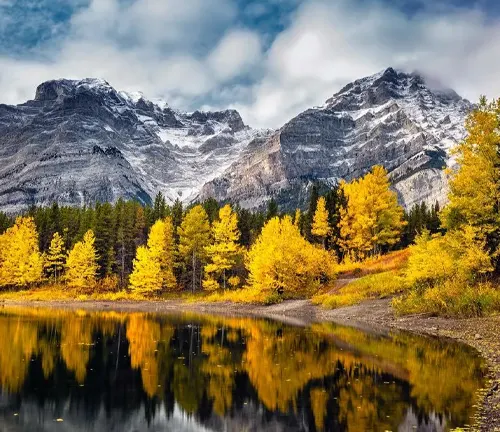
Facing Challenges Head-On
Even paradise faces challenges. In this section, we’ll explore the environmental challenges and human impact on Banff National Park. Discover the proactive strategies in place to mitigate these threats, ensuring the longevity of this natural wonder for generations to come.
Navigating the Journey
Planning a visit to Banff? Gain insights into transportation options, discover nearby airports, and explore the possibility of embarking on a scenic road trip to this nature lover’s paradise.
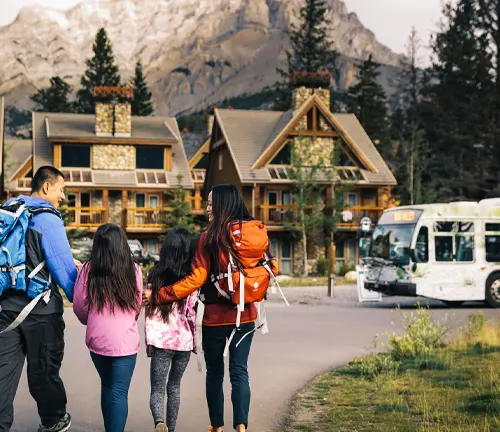
- Banff Townsite: Begin your exploration in Banff, located within the national park. Roam the streets, visit local shops, and dine in one of the many restaurants offering a variety of cuisines.
- Lake Louise: Head to the stunning Lake Louise, renowned for its turquoise waters surrounded by snow-capped mountains. Enjoy a stroll along the lakeshore, take a canoe ride, or hike the trails leading to breathtaking viewpoints like the Plain of Six Glaciers.
- Moraine Lake: Venture to Moraine Lake, another gem in the park known for its vibrant blue waters and the Valley of the Ten Peaks. Hike the trails around the lake or simply absorb the awe-inspiring scenery.
- Icefields Parkway: Drive along the famous Icefields Parkway, one of the most scenic highways globally, connecting Banff and Jasper National Parks. Marvel at glaciers, waterfalls, and diverse wildlife along the route.
- Johnston Canyon: Explore Johnston Canyon, a geological wonder featuring waterfalls, limestone cliffs, and a series of catwalks and bridges. The Johnston Canyon Trail offers a relatively easy hike suitable for all skill levels.
- Sulphur Mountain: Take a gondola or hike to the summit of Sulphur Mountain for panoramic views of the surrounding peaks and valleys. The Banff Upper Hot Springs at the top provide a relaxing way to unwind.
- Bow Valley Parkway: Drive along the Bow Valley Parkway, a scenic route that runs parallel to the Trans-Canada Highway. Keep an eye out for wildlife, as this area is known for its diverse fauna.
- Wildlife Watching: Banff National Park is home to diverse wildlife, including elk, moose, bears, and bighorn sheep. Participate in guided wildlife tours or keep a safe distance while exploring to catch glimpses of these majestic creatures.
- Outdoor Activities: Engage in various outdoor activities such as hiking, biking, canoeing, and fishing. The park offers an extensive network of trails suitable for all skill levels.
- Town of Jasper: Consider extending your journey to the neighboring Jasper National Park. The town of Jasper, with its own set of attractions, provides an opportunity to explore another facet of the Canadian Rockies.
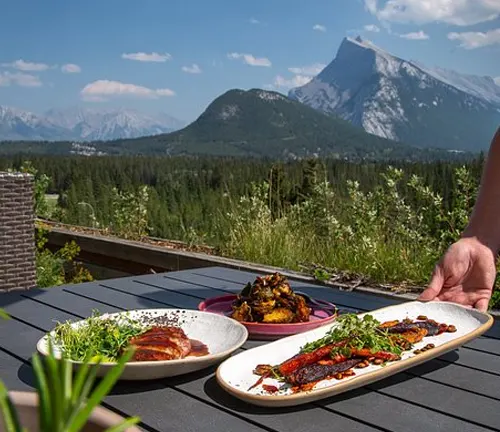
Culinary Adventures
Experience Banff not just through its landscapes but also through its culinary offerings. Indulge in local delicacies, savor unique dining experiences, and immerse yourself in culinary festivals that showcase the region’s rich gastronomic tapestry.
Capturing Moments
Banff is a photographer’s dream. From the best photo spots to wildlife photography techniques, equip yourself to immortalize your Banff moments.


Essential Gear Guide
Embarking on an adventure requires preparation. Discover the must-have gear for your Banff expedition whether you’re a hiker, camper, or photography enthusiast, ensure you’re well-equipped for a seamless experience.
Safety First
Navigate Banff safely with essential safety tips. Learn how to handle wildlife encounters, take weather-related precautions, and familiarize yourself with emergency contacts for a worry-free visit.
Responsible Travel Practices
Conclude your Banff journey by embracing sustainable travel practices. Adopt eco-friendly measures, follow Leave No Trace principles, and contribute to the local community, ensuring your visit leaves a positive impact on this pristine environment.

- Stay on Designated Trails: Stick to established trails to avoid trampling on fragile vegetation and disrupting wildlife habitats. Straying off designated paths can lead to erosion and long-lasting damage to the ecosystem.
- Leave No Trace: Pack out all your waste, including food scraps. Practice “Leave No Trace” principles by leaving the environment as you found it, minimizing your impact on the park’s ecosystems.
- Respect Wildlife: Keep a safe distance from wildlife to avoid stress or disturbance. Do not feed animals, as it disrupts their natural behavior and can lead to dependency on human food.
- Use Bear-Proof Food Containers: If camping, use bear-resistant containers for storing food to prevent wildlife encounters. This helps protect both humans and animals.
- Minimize Noise: Keep noise levels to a minimum to avoid disturbing wildlife and other visitors. This enhances the overall experience for everyone and maintains the tranquility of the park.
- Respect Park Regulations: Familiarize yourself with and adhere to all park regulations. These rules are in place to protect the environment and ensure a safe experience for everyone.
- Educate Yourself: Learn about the flora, fauna, and cultural history of Banff National Park. Understanding the natural environment enhances appreciation and encourages responsible behavior.
- Use Sustainable Transportation: Consider using eco-friendly transportation options, such as public transit, cycling, or walking, to reduce your carbon footprint. Minimize vehicle emissions to preserve air quality.
- Conserve Water: Practice water conservation, especially in backcountry areas. Be mindful of water usage and avoid contaminating water sources.
- Support Local Businesses: Choose local businesses for accommodations, dining, and tours. Supporting local enterprises contributes to the local economy and promotes sustainable tourism.
- Stay Informed about Park Conditions: Check weather and trail conditions before embarking on any activities. Being prepared ensures your safety and helps prevent emergencies.
- Participate in Conservation Efforts: Consider volunteering for conservation projects or donating to organizations working to protect Banff National Park. Contributing to conservation efforts helps ensure the park’s longevity.
Conclusion
As we wrap up our exploration of Banff National Park, take a moment to reflect on the allure of this natural wonderland. Encourage responsible tourism, leaving only footprints and taking away memories. Banff is not just a destination; it’s an immersive experience, a connection with nature that lingers long after you’ve left.
Frequently Asked Questions (FAQs)
- Is Banff National Park open year-round?
Yes, Banff National Park is open year-round, offering different activities and experiences in each season. - What are the best months to visit for wildlife sightings?
The best months for wildlife sightings in Banff are during the spring and fall when animals are most active. - Are guided tours available in Banff?
Absolutely! Banff offers a variety of guided tours for hiking, wildlife watching, and cultural exploration, providing enriching experiences for visitors. - How can I contribute to conservation efforts in Banff?
Visitors can contribute by following Leave No Trace principles, participating in organized clean-up events, and supporting local conservation initiatives. - What should I do if I encounter wildlife during my visit?
Maintain a safe distance, avoid direct eye contact, and never feed the animals. Refer to the park guidelines for specific instructions on handling wildlife encounters.



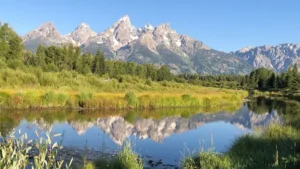
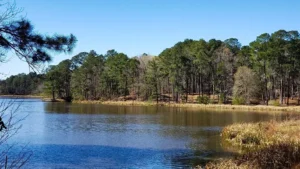
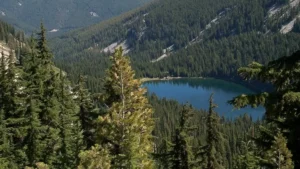
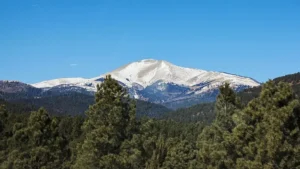
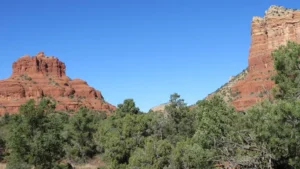
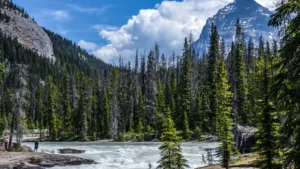

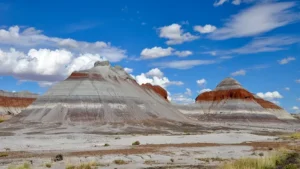
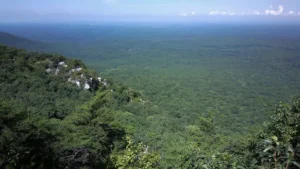
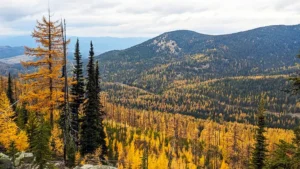
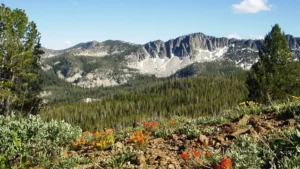
Leave your comment